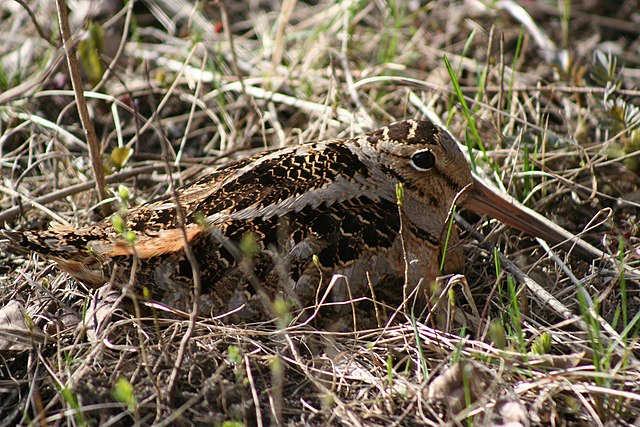Post
by DNicolson » Sun Sep 25, 2011 7:34 am
The Dotterel (Charadrius morinellus) has been a protected bird
here in the UK a long time. Skues mentions their protected status
in his list of birds 'Silk, Fur and Feather' 1950. Here are his words :-
"Dotterel (Dotterel Plover or Foolish Dotterel). - The hackles from the shoulder and back of this bird are perhaps the most highly prized of all of all the feathers of the fly dresser. They are a sort of pale brown dun (coffee and milk colour, with plenty of milk), with a fine rim of yellow round the edge of the feather, so that every fibre is tipped with a yellow point. They are the model of a honey dun. These feathers are also remarkable for their susceptibility to the slightest motion of air and water and, doubtless, in rapid and tumultuous streams, they give the fly a vivid appearance of life. The two great patterns are Dotterel and Yellow, and Dotterel and Orange. Hackles from breast, neck and back are also used and present much the same characteristics. The bird is now a rare one, and the angler is driven to the use of substitutes - the honey dun feather under the starling’s wing, the gold plover’s shoulder and neck hackles, and the curlew’s shoulder hackle being the substitutes generally used. Of the other feathers of this bird a cursory notice is only necessary. Jackson wings a Yellow Legged Bloa with “inside dotterel or teal” by which one gathers he means the secondary feathers. There would seem to be no reason why the hackle under the wing should not be used, and the primaries are named by some writers for winging purposes."
They are a very beautiful little bird, it is hard to believe they are related to
Tyrannosaurus Rex.

